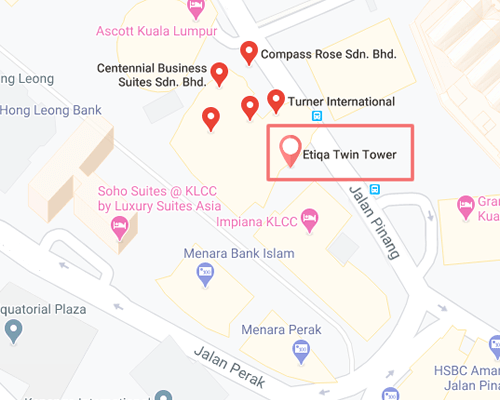Introduction to the AUTOSAR Classic Platform
Since 2004, the AUTOSAR initiative (AUTomotive Open System ARchitecture, www.autosar.org) has developed and successfully established a standard for automotive software architectures. Today it is known as the AUTOSAR Classic Platform. The standard describes the architecture and methodology of developing deeply embedded ECUs for implementing control algorithms. The aims of the standard include the standardization of the development workflow and improvements in the reusability and exchangeability of software.
This course introduces you to the main goals and contents of the AUTOSAR Classic Platform. Some of the aspects covered are the methodology behind the standard, the concept and purpose of the virtual functional bus (VFB), and the different layers of the standard software architecture, which are described in different templates (application layer, run-time environment (RTE), basic software).
Participants
- Systems engineers, software architects, and software developers
- Anyone involved in the development process for automotive software
Goals
- Get an overview of the classic platform of the AUTOSAR standard with the main focus on application software and system modeling
- Learn about the contents of and the relationship between the different documents and templates
- Familiarize yourself with the basic terminology (e.g., RTE, SWC, VFB)
Course Content
- Introduction to AUTOSAR and the Classic Platform
- Methodology of the AUTOSAR Classic Platform
- Concept of the virtual functional bus (VFB)
- Software architecture: application layer (software component template)
- System description
- Software architecture: run-time environment (RTE)
- Software architecture: basic software (Basics)



